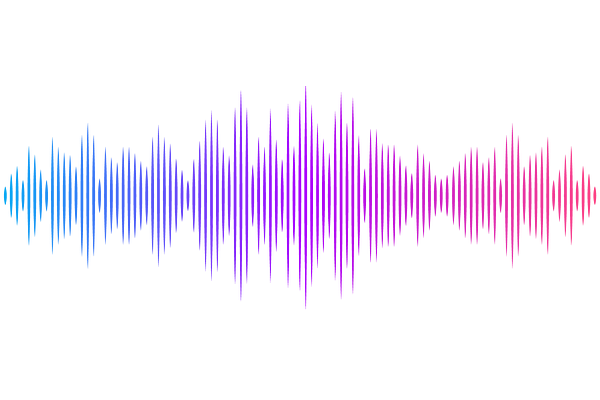Precise Hubble constant measurement from quasi-periodic eruptions as electromagnetic counterparts to extreme mass ratio inspirals

Precise Hubble constant measurement from quasi-periodic eruptions as electromagnetic counterparts to extreme mass ratio inspirals
Yejing Zhan, Di Wang, Shuang-Xi Yi, Fa-Yin Wang
AbstractGravitational waves (GWs) accompanied by electromagnetic (EM) counterparts provide a novel methodology to measure the Hubble constant ($H_0$), known as bright sirens. However, the rarity of such multi-messenger events limits the precision of the $H_0$ constraint. Recently, the newly-discovered quasi-periodic eruptions (QPEs) show intriguing evidence of a stellar-mass companion captured by a supermassive black hole (SMBH) in an extreme mass-ratio inspiral (EMRI), which is the most promising sources of the space-based GW detectors, such as Laser Interferometer Space Antenna (LISA). Here we study the secular orbital evolution of QPE systems under different theoretical frameworks, and assess their GWs detectability by LISA. We find that LISA can detect the EMRI signals of two or three known QPE systems with a four-year observation. One EMRI event can measure the $H_0$ with an uncertainty of $3\%-8\%$ at a 68.3 percent confidence level, while a few events will reduce it below $2\%$. The EMRI events surpass current bright siren limitations and offer an independent pathway to resolve the Hubble constant tension.